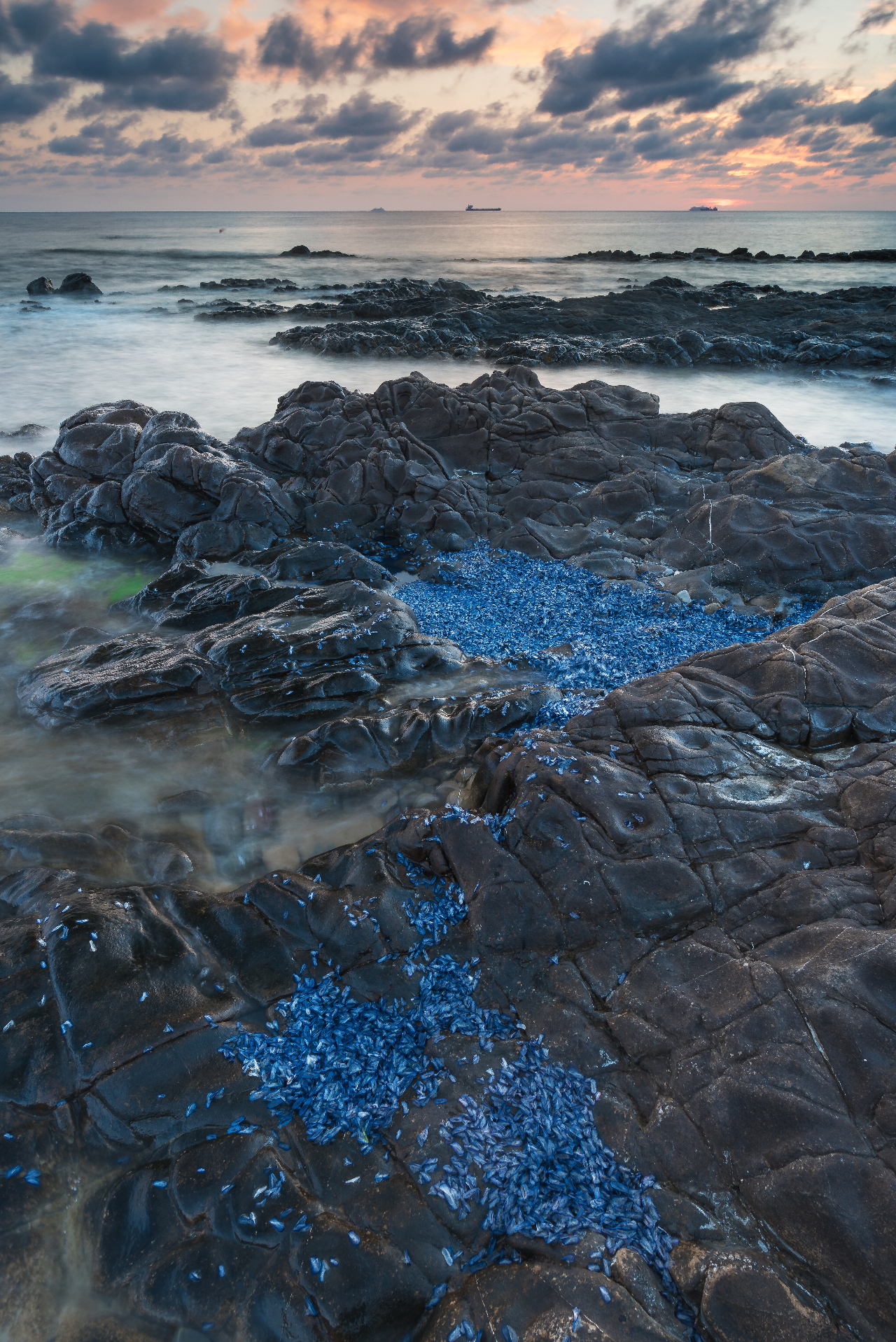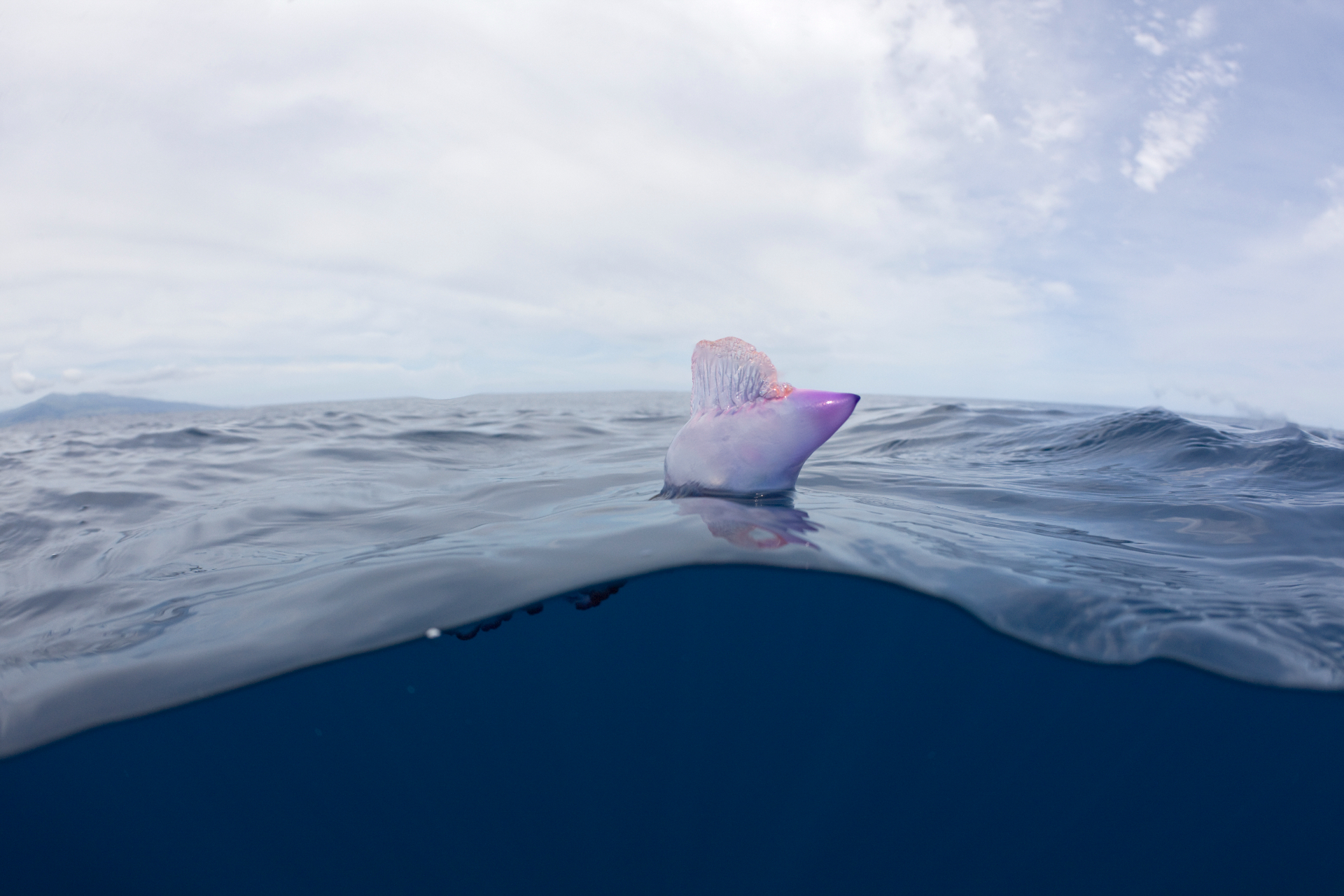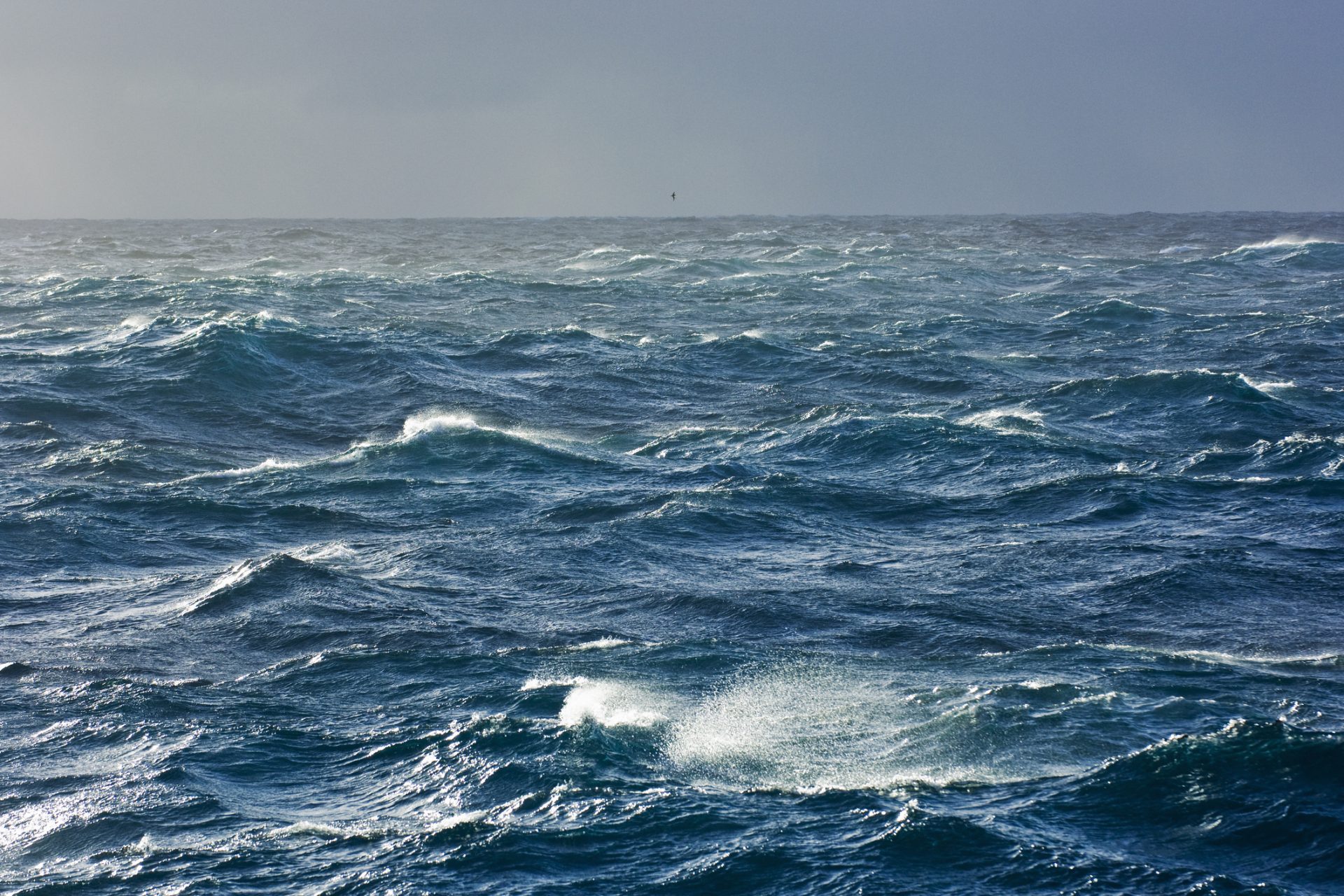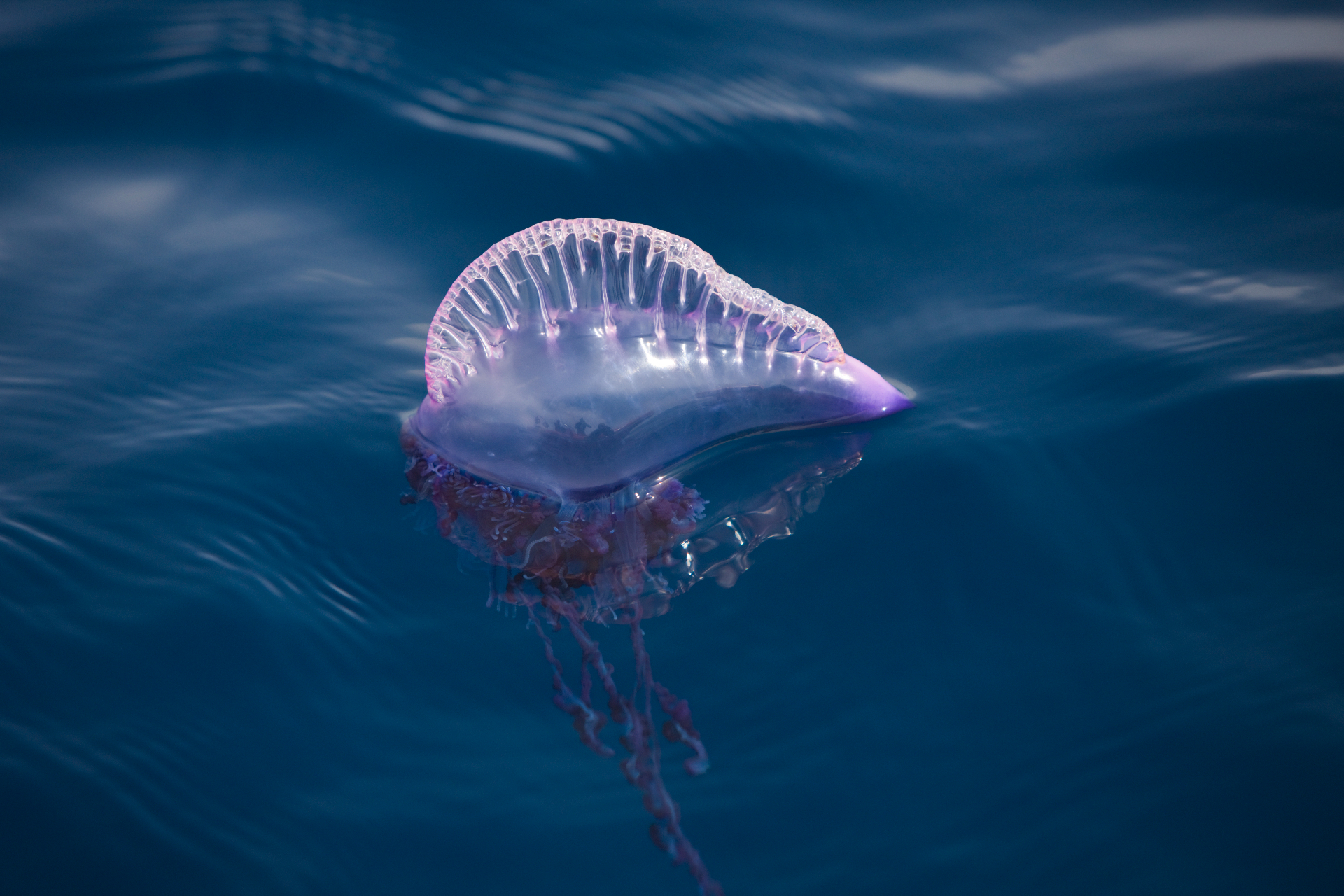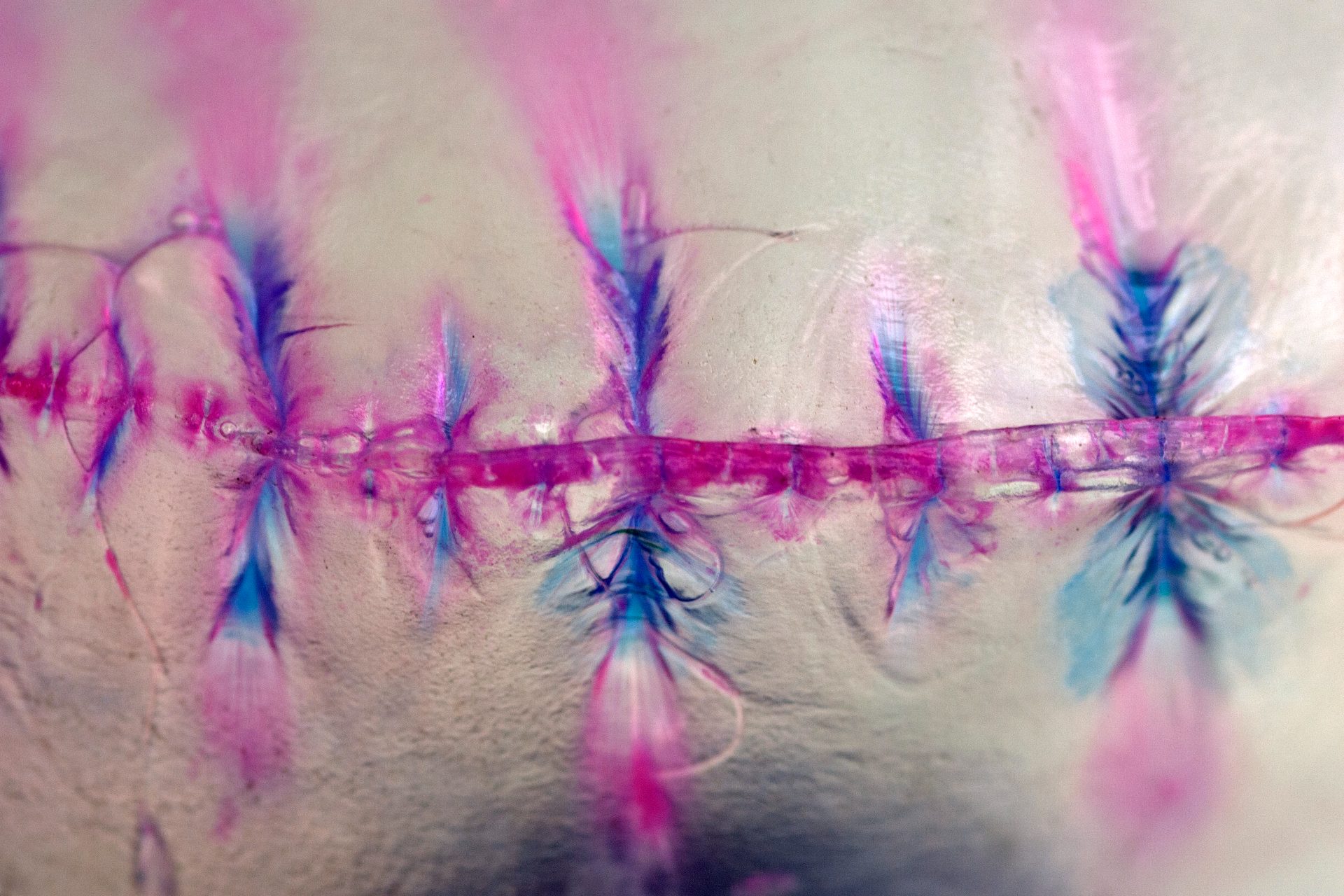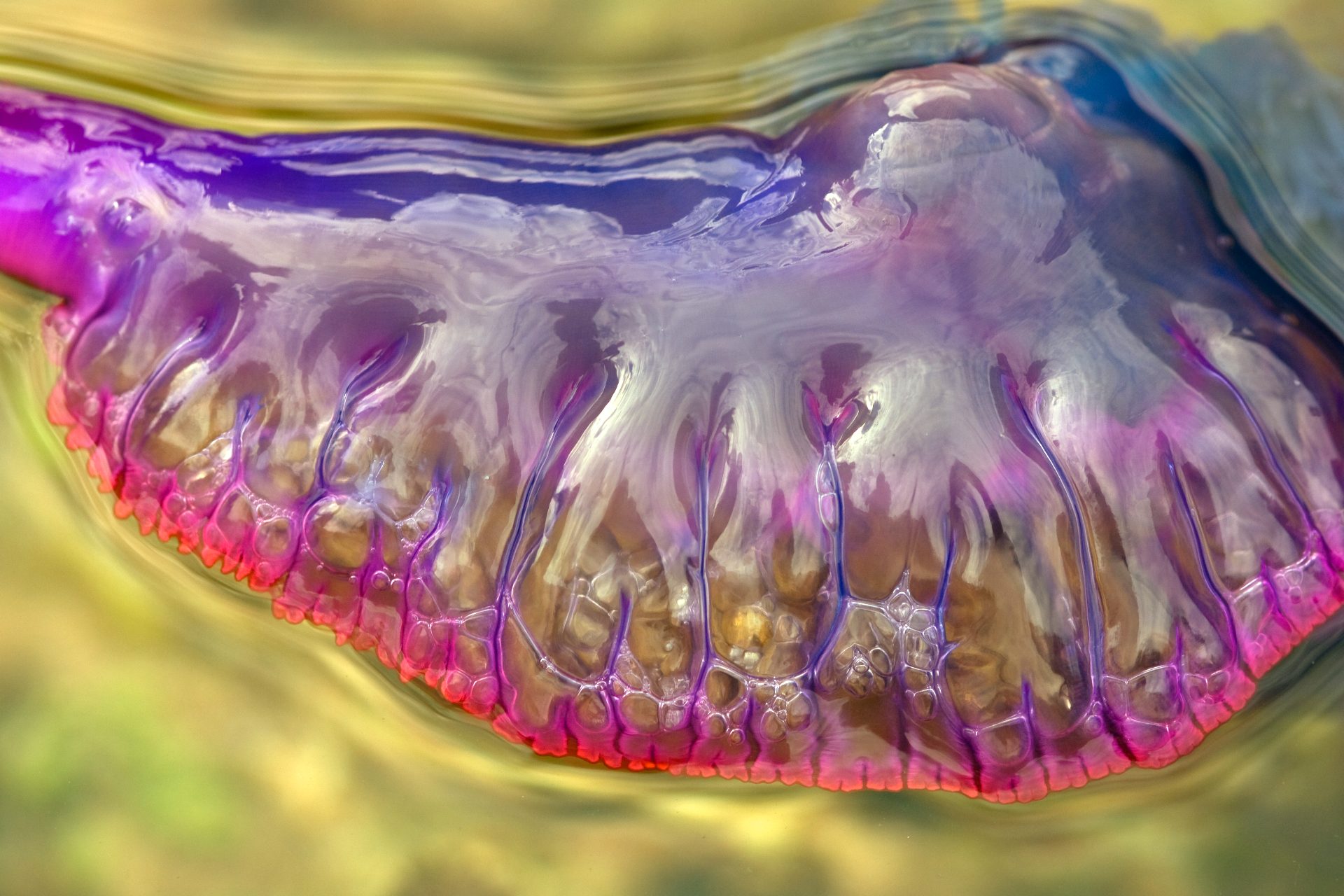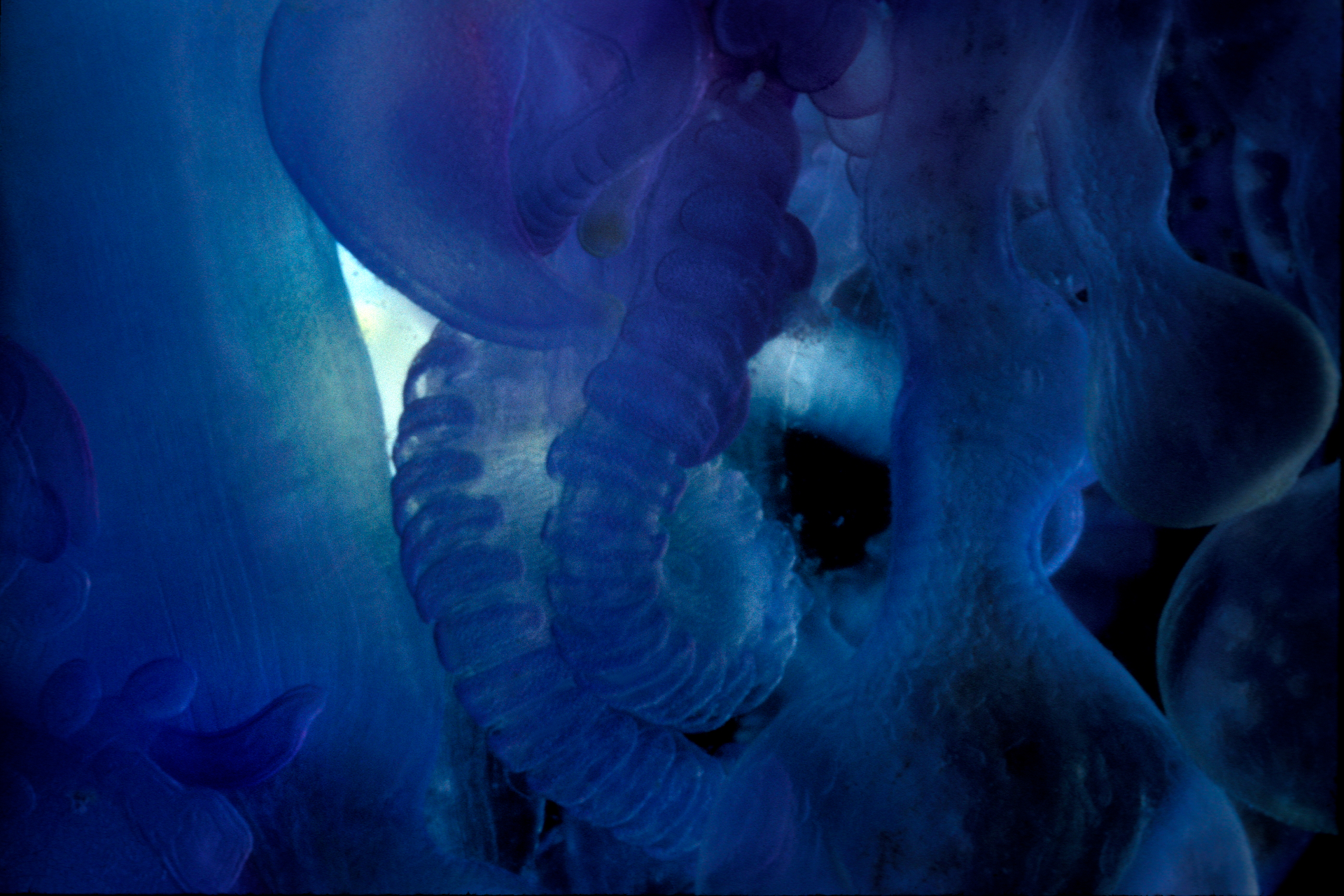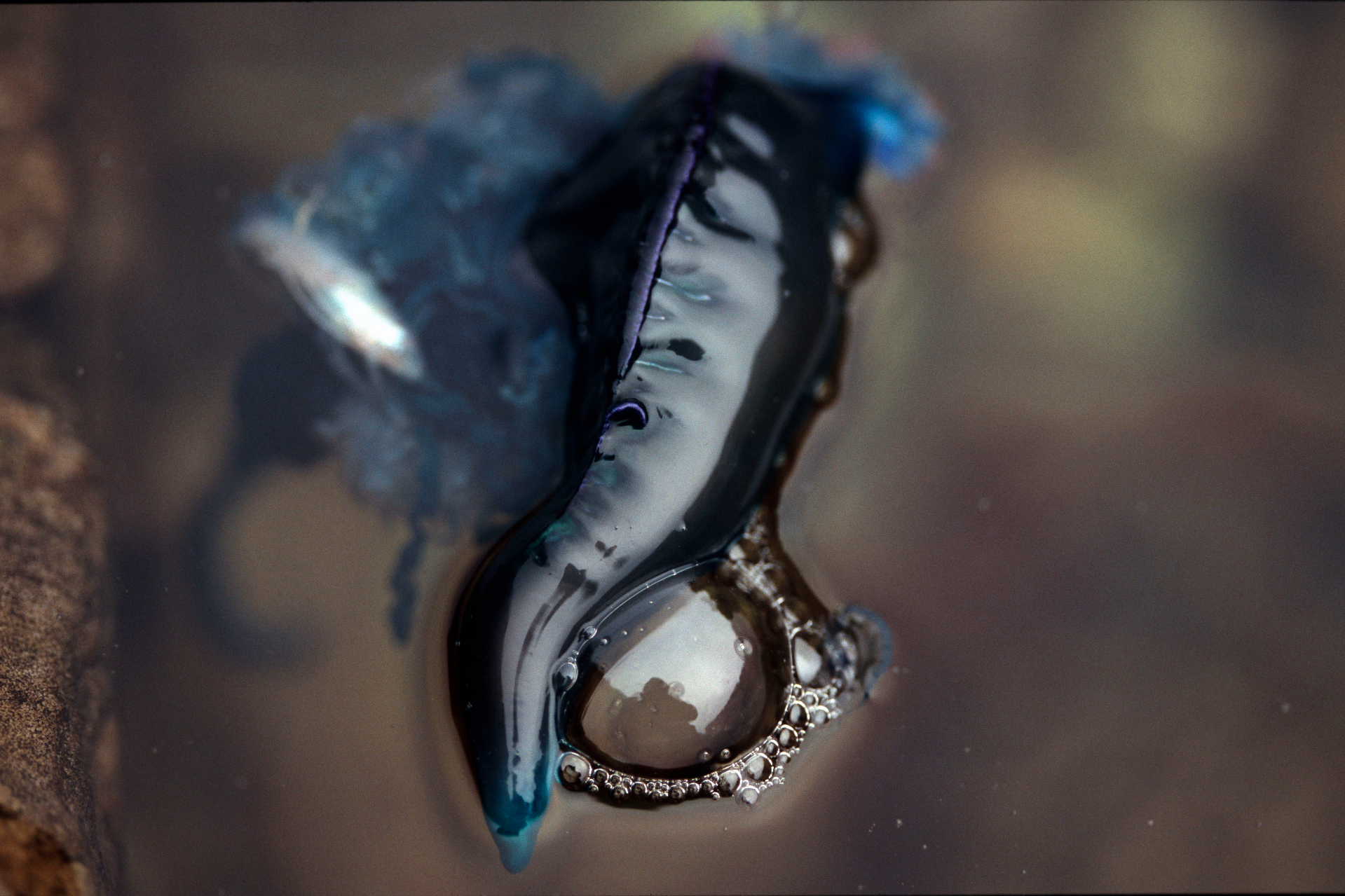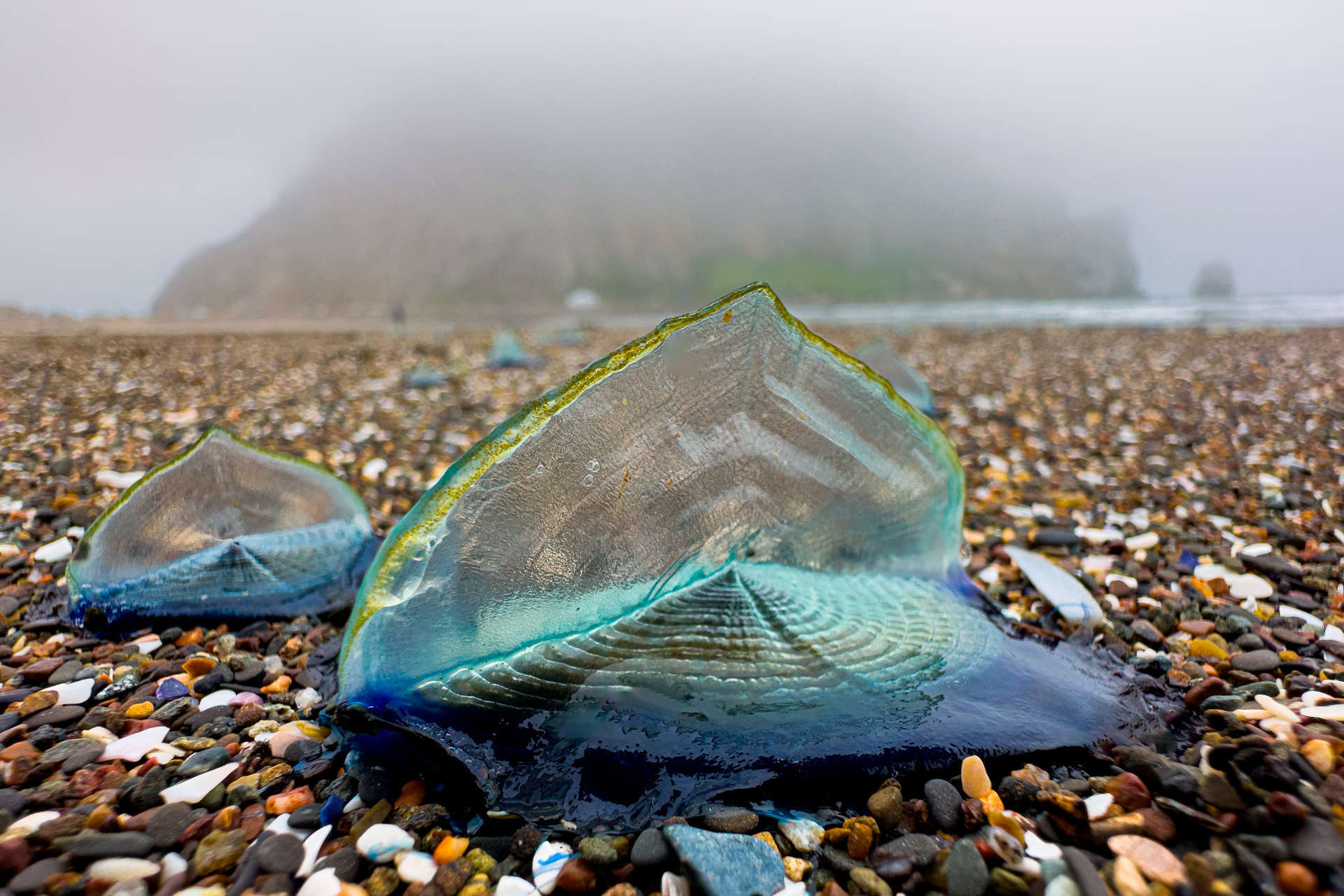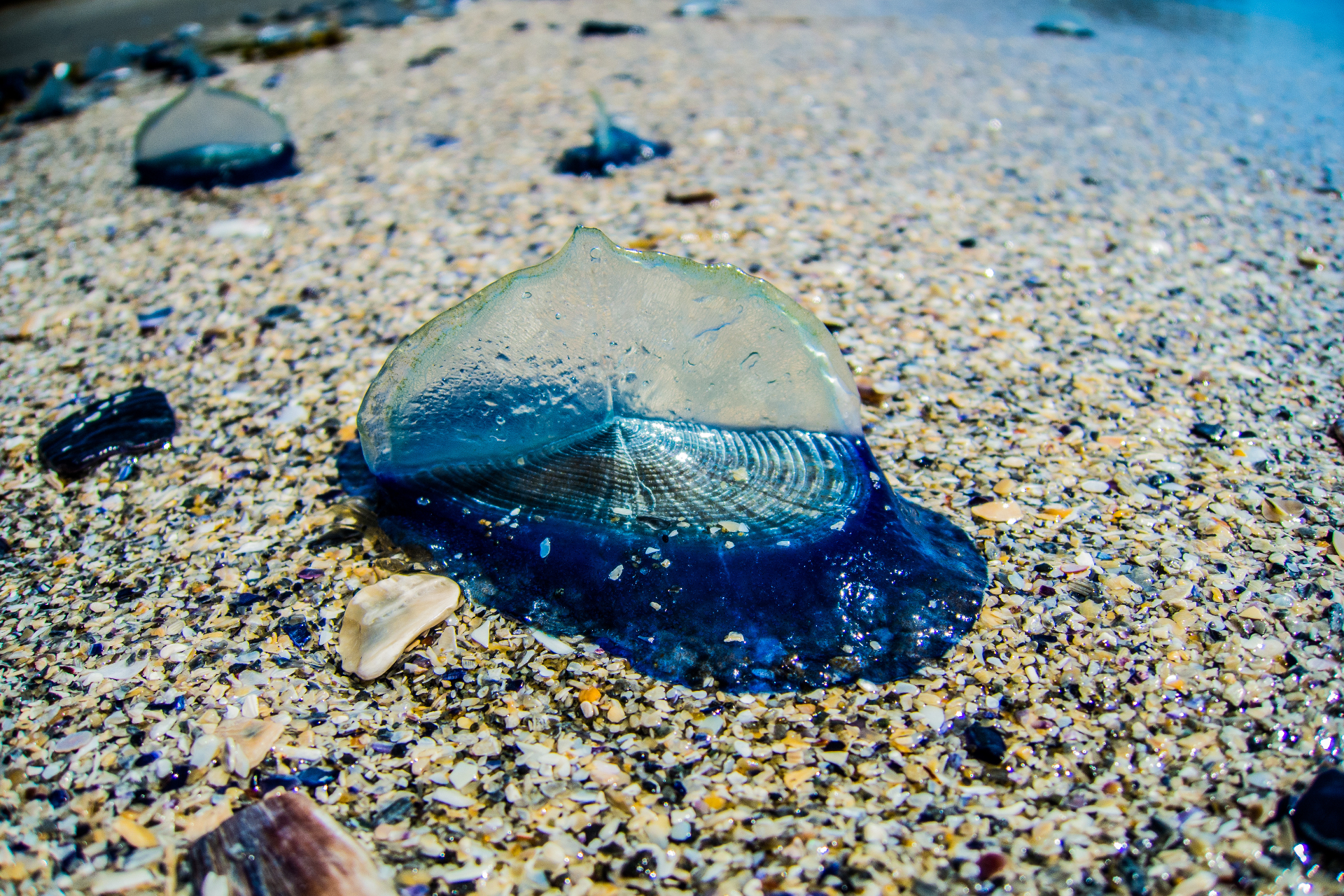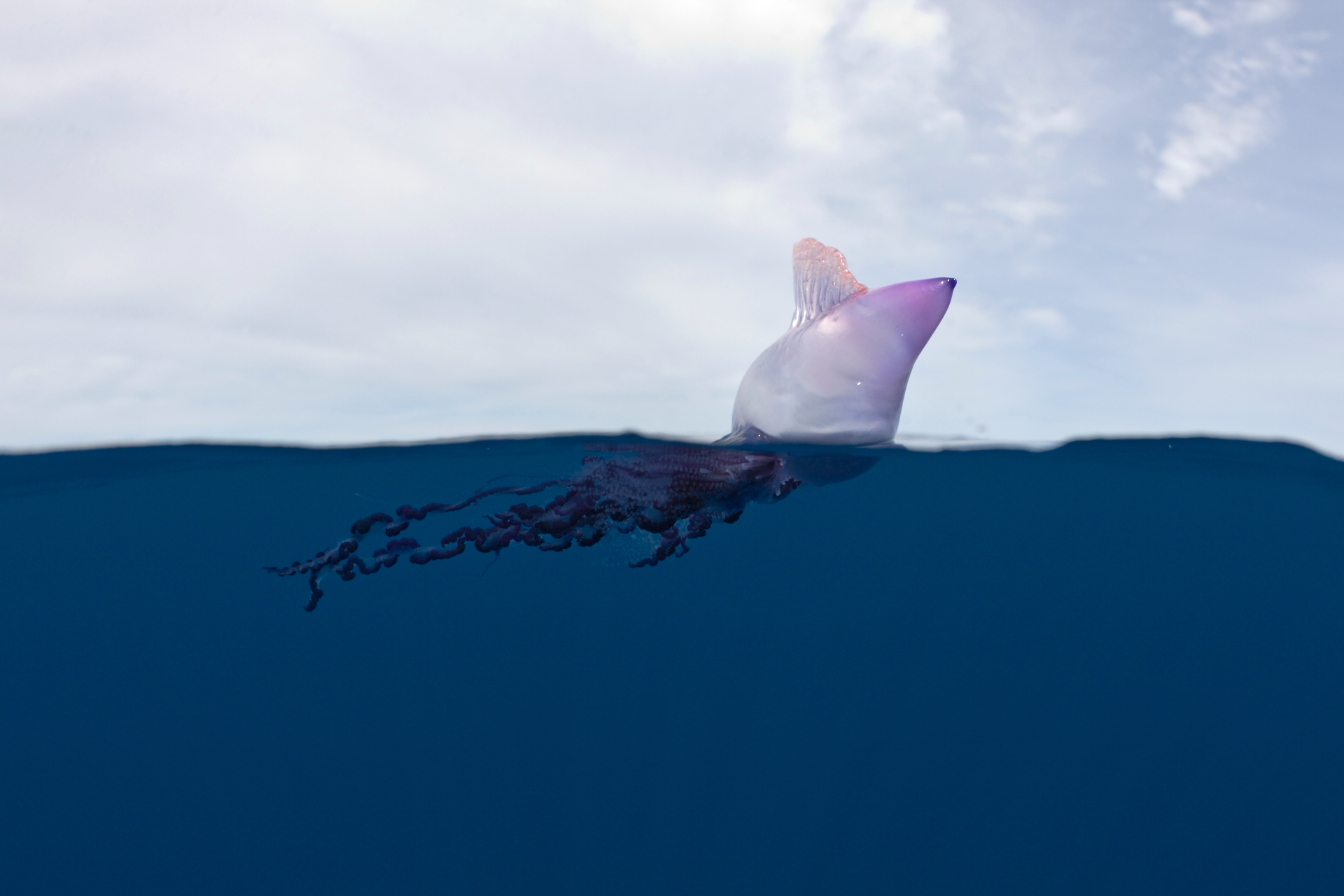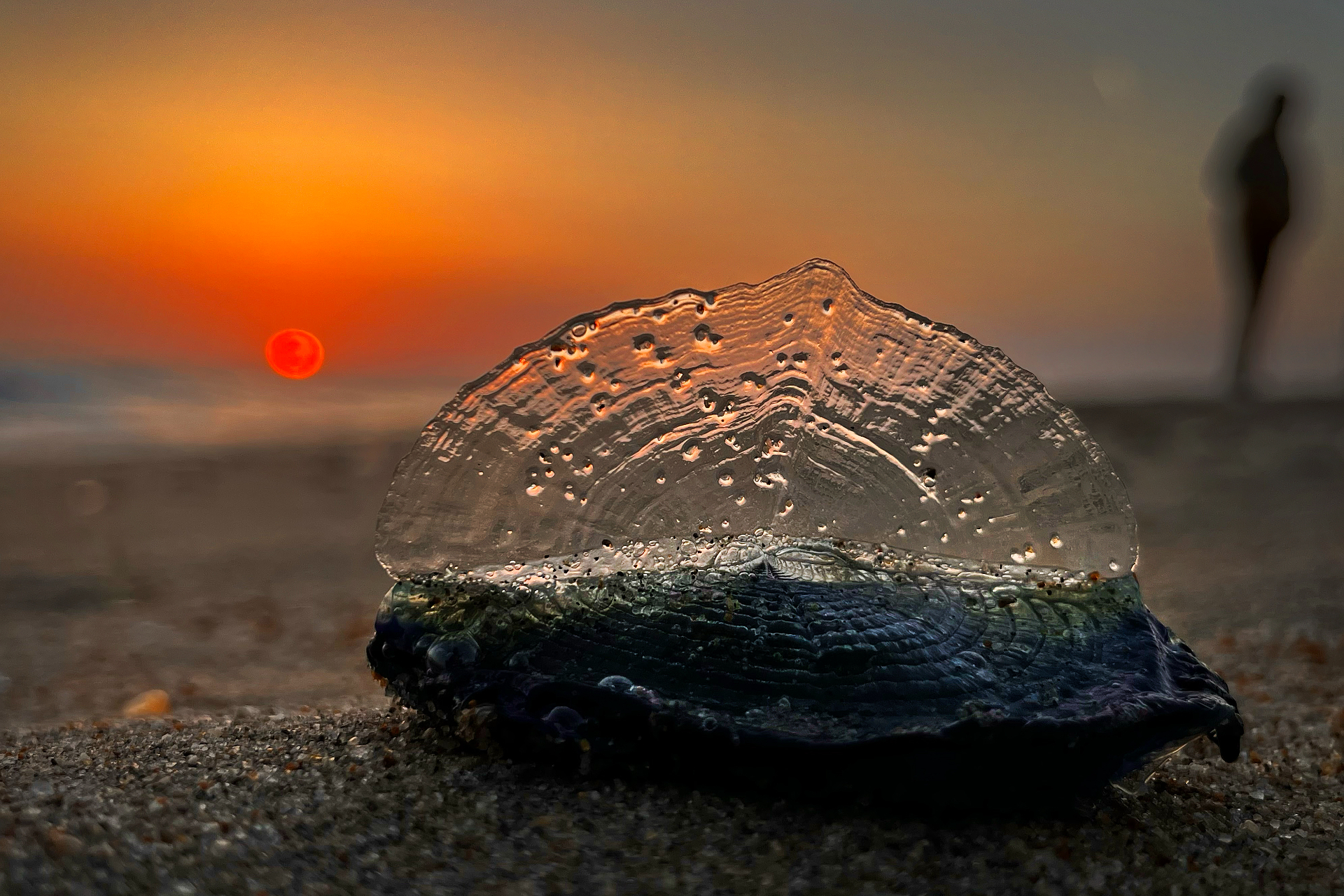Get ready for this alien-like creature to wash up on your shores
The Portuguese man o’ war season is about to start, so it is advisable to stay aware of Coast Guard and reserve warnings. The jellyfish-like creature can be dangerous and hard to spot.
The Portuguese man o' war is an alien-like blue floating jellyfish that travels across the Atlantic. But its looks are not the most exciting thing about it: it is not a jellyfish or an animal, for that matter.
The creature is familiar across Atlantic shores, where local authorities issue yearly warnings about its presence in winter and spring. However, it is becoming increasingly common on the Golf shores of Florida or the Caribbean.
It looks like a floating jellyfish: it has a round, bubble-like seal on top and long blue tentacles that sink underwater. Still, the creature is actually a colony of identical individuals.
Colonial organisms are creatures composed of two or more multicellular individuals that cooperate for survival, living closely or attached to each other.
Researchers have identified seven individuals in the Portuguese man o' war. The most prominent one is the bladder, filled with gas, which guarantees mobility through floating.
Each creature's parts are responsible for different functions, like reproduction, digestion, or hunting. It uses a potent venom to paralyze and kill small fish.
According to experts from the National Ocean Service cited by The Bradenton Herald, the colony's venom is dangerous for humans but not deadly. Still, viewers should avoid touching it.
The Portuguese man o' war is not alone. Similar organisms exist all over the seas, including the Pacific Portuguese man o' war, which is not venomous.
The Portuguese man o' war is not alone. Similar organisms exist all over the seas, including the Pacific Portuguese man o' war, which is not venomous.
Researchers have reported some cases of severe symptoms after a Portuguese man o' war sting. They have even reported some deaths after contact with the creature.
According to the National Oceanic and Atmospheric Administration, the species has injected microscopic capsules into small fish and crustaceans to deliver paralyzing venom.
The venom is very painful for humans, and in some cases, it causes nausea, vomiting, myalgia, headache, chills, or pallor. In very rare cases, it can lead to cardiovascular collapse.
According to The Guardian, it covers Californian shores yearly, so locals commonly call it a "blue tie" and step over their transparent bodies while walking on the beach.
More for you
Top Stories



